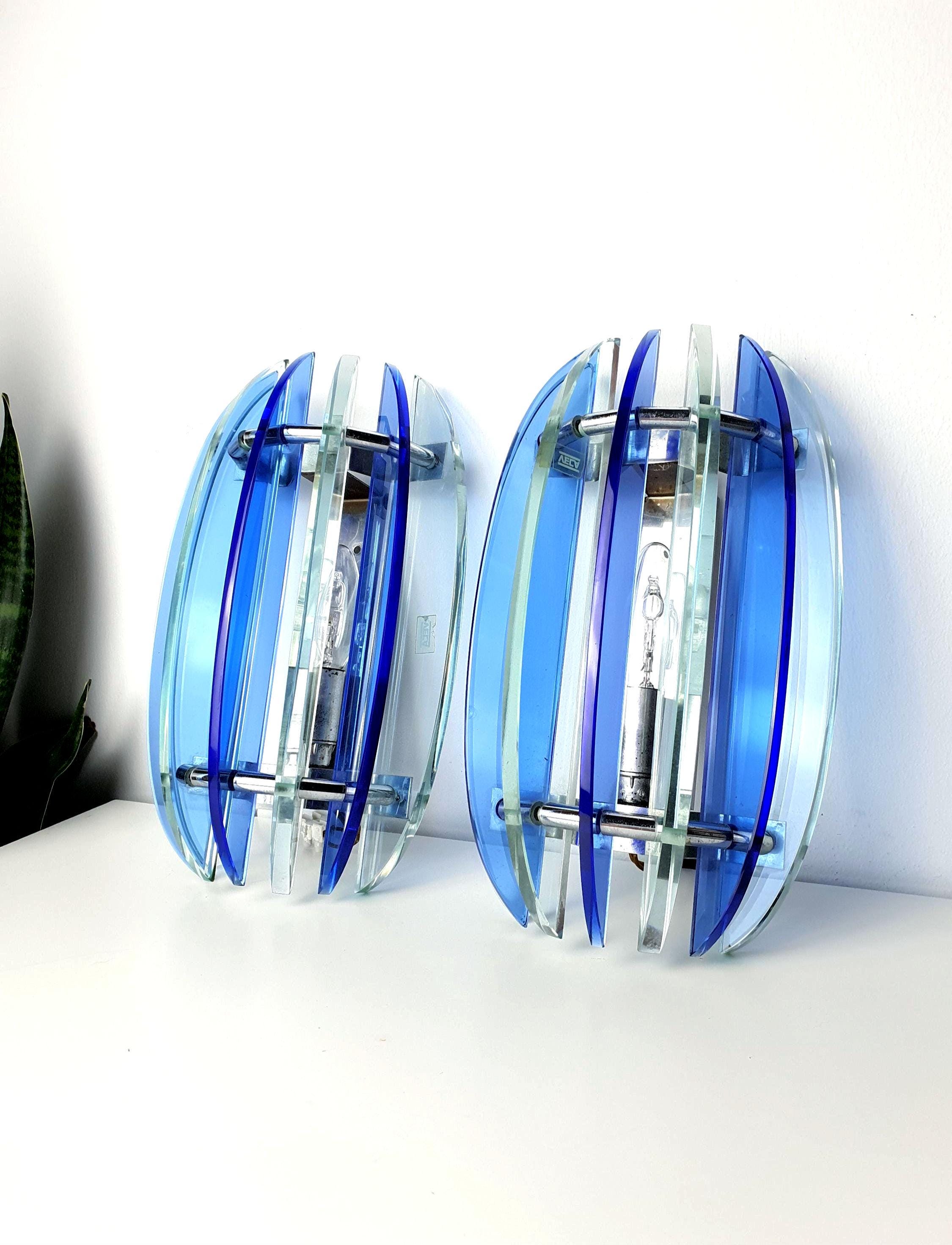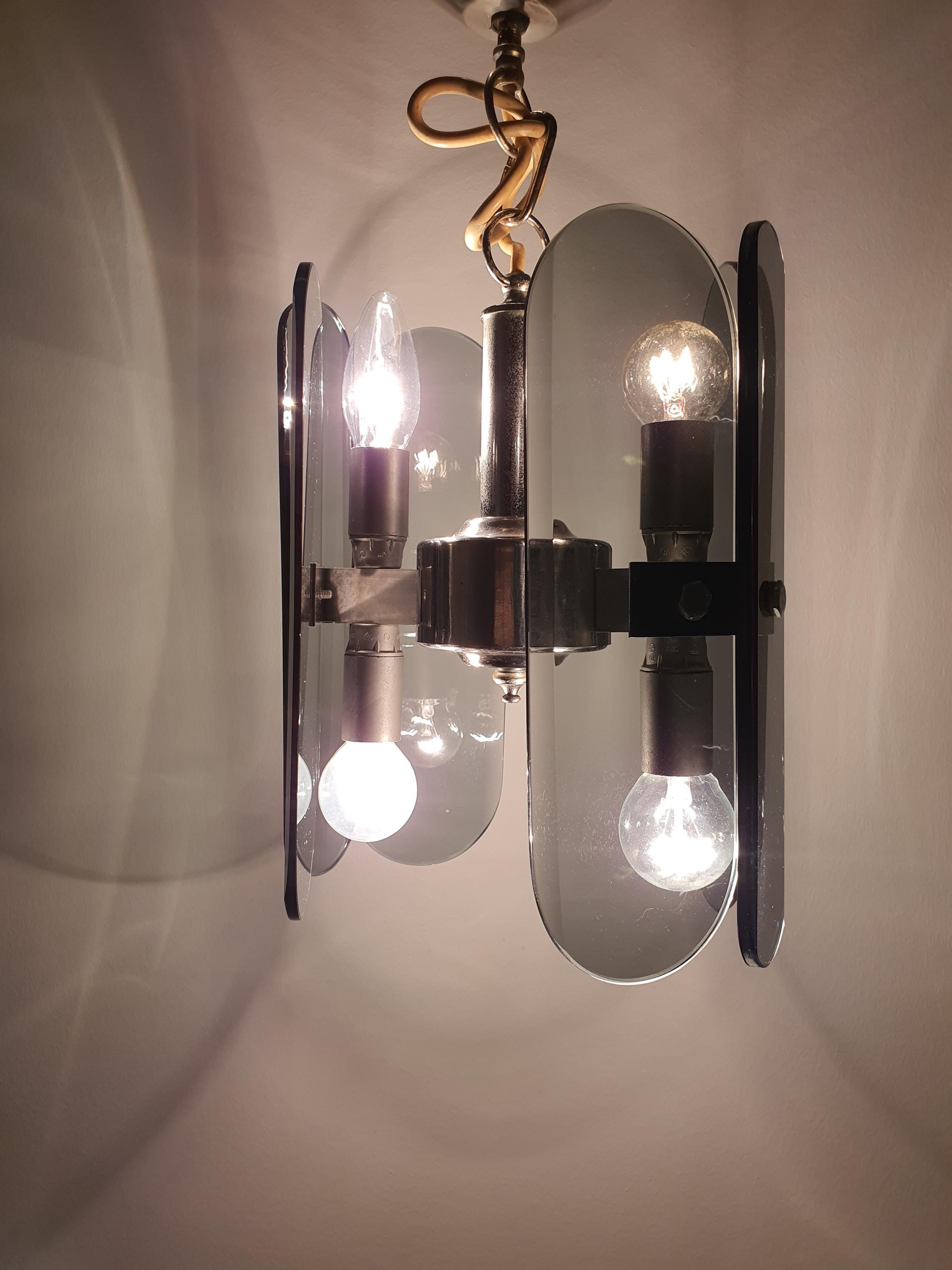The Story of La Murrina: Authentic Murano Lighting and How to Recognize It
Among Murano’s celebrated glassmakers, few names express refined modern Italian design as clearly as La Murrina. Known for its understated elegance and exceptional craftsmanship, the company has produced some of the most sought-after lighting pieces since the 1970s.
From Murano Island to International Design
La Murrina grew out of a Murano glass cooperative active in the 1960s and became La Murrina S.r.l. in the early 1970s.
From the beginning, it merged centuries-old Venetian glassblowing traditions with the clean geometry and proportions of mid-century Italian design.
All production took place on Murano Island, where each piece was blown, shaped, and finished by hand.
The La Murrina Style
Unlike some Murano makers that favored complex millefiori or swirl motifs, La Murrina became known for clarity, proportion, and subtle color.
Typical design traits include:
-
Transparent or softly tinted glass — amber, smoke, aquamarine, or opaline white
-
Elegant geometric or organic forms with sculptural depth
-
Polished brass, chrome, or brushed steel fittings
-
A focus on balance, symmetry, and timeless simplicity
The overall impression is architectural yet poetic, equally suited to contemporary and classic interiors.
How to Recognize Authentic La Murrina Pieces
Because Murano glass is widely imitated, identifying genuine La Murrina lighting requires attention to detail:
1. Label or Sticker
Authentic pieces typically carry a small oval or rectangular sticker reading “La Murrina” or “La Murrina Made in Italy.”
Later pieces may show a stylized “M” emblem above the name.
Labels were usually applied to the metal frame or discreetly on the glass.
Etched signatures are rare.
2. Glass Quality
La Murrina glass is thick, balanced, and hand-blown.
Small air bubbles or subtle texture are normal and reflect artisan craftsmanship.
Color blending is soft and even, never harshly layered or fused.
Each element feels substantial, with a slight natural asymmetry that distinguishes handmade work.
3. Metal Hardware
The supporting frame is integral to the design.
Hardware is solid, well-fitted, and often crafted in brass, chrome, or steel.
Finishing standards vary slightly by decade — earlier pieces tend to be heavier and more decorative, while later models adopt a cleaner, minimalist look.
4. Design Language
La Murrina’s signature lies in purity of line and proportion.
Its beauty comes from restraint: graceful shapes, thoughtful use of color, and precise craftsmanship rather than excess ornamentation.
The Evolution of the Logo
-
1970s – 1980s: Transparent or silver foil sticker with “La Murrina Made in Italy.”
-
1990s – 2000s: Introduction of the stylized “M” icon.
-
Today: Simplified modern logo with minimal text.
Missing labels are common on older lights, but consistent quality and form usually indicate authenticity.
Why Collectors Value La Murrina
Collectors appreciate La Murrina for its balance of Venetian artistry and modern design clarity.
Each lamp or sconce embodies Murano’s glassblowing mastery while reflecting the elegance of Italian architecture and décor.
Because every piece is handmade, no two are identical — each tells its own story of craft and light.
In Summary
-
Origin: Murano, Italy
-
Founded: Early 1970s
-
Specialty: Hand-blown glass lighting — chandeliers, pendants, sconces, and table lamps
-
Distinguishing traits: Thick hand-blown glass, subtle air inclusions, refined metal fittings, simple geometric lines
At Vigems, we curate authentic vintage Murano lighting, including original La Murrina creations.
Every piece is carefully verified, professionally photographed, and securely packed for worldwide delivery — so these Italian masterpieces continue to illuminate homes for generations to come.










